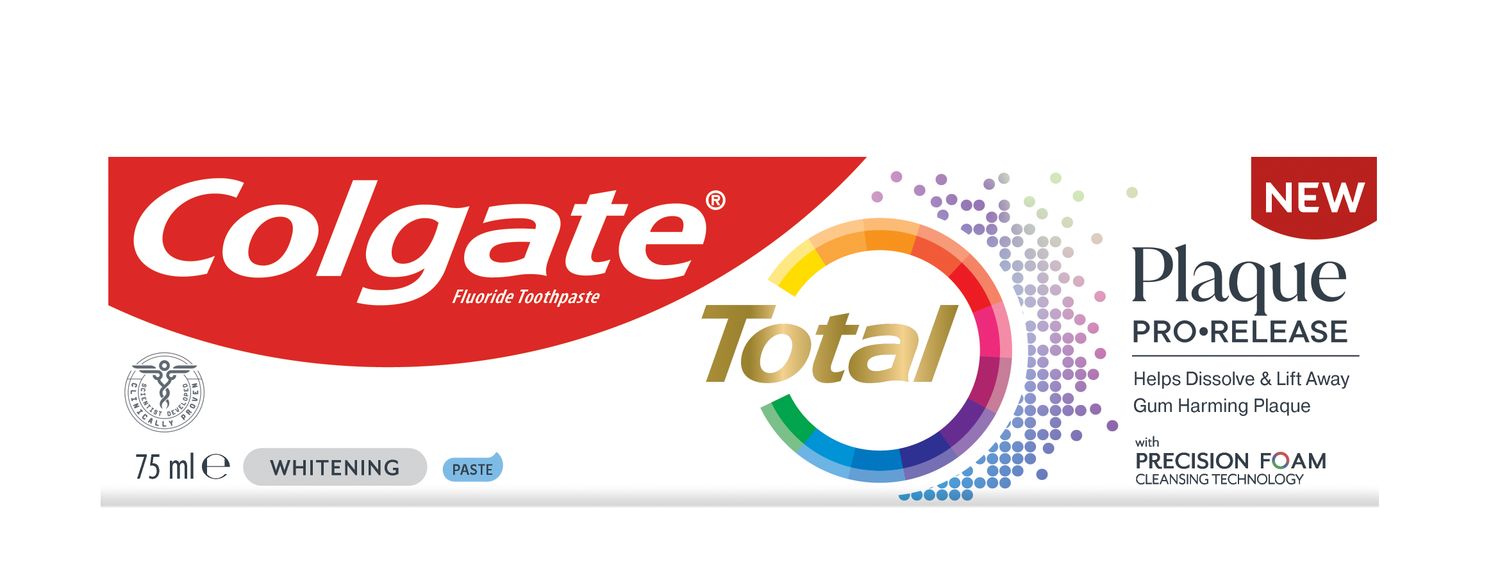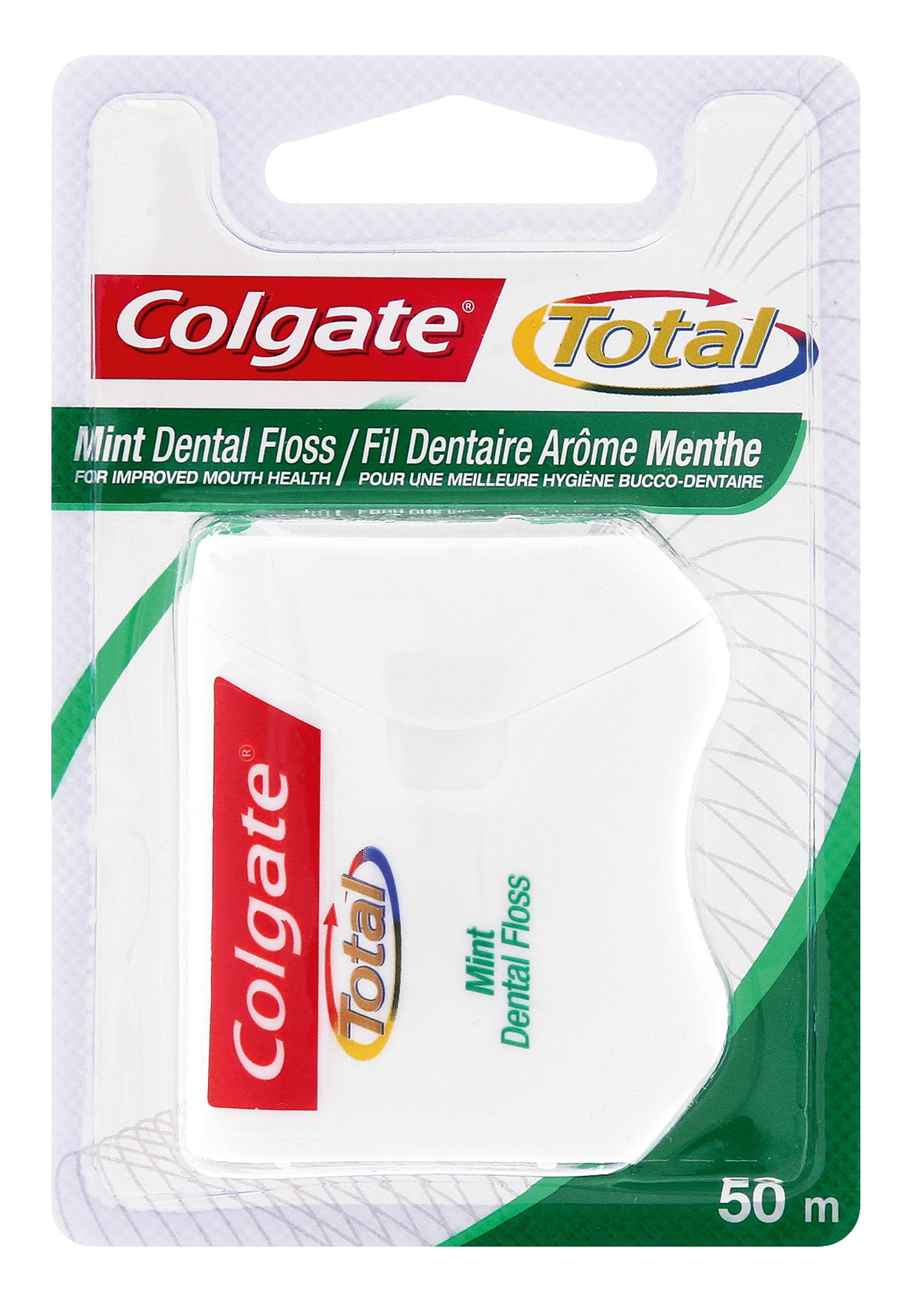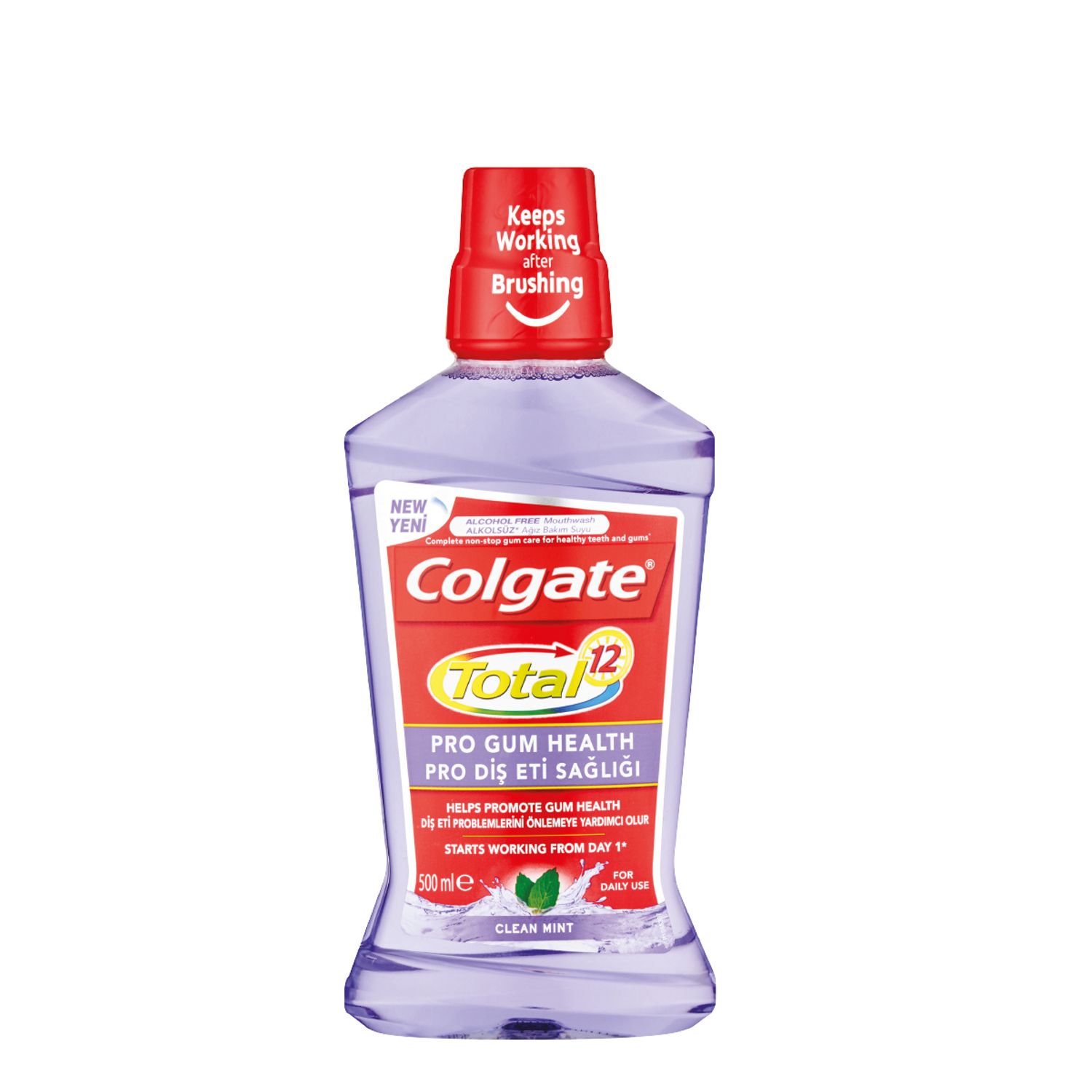-
-

CAVITIES
Can You Heal A Cavity At Home?You feel a sharp pain when you bite down or try to eat. You think it's a cavity, but you're not 100 percent sure...

BAD BREATH
How To Cure Bad BreathMore commonly known as bad breath, halitosis is an embarrassing hygiene issue that nobody wants, but some of us get every now and then...
-
Science & Innovation
- Colgate® | Toothpaste, Toothbrushes & Oral Care Resources
- Oral Health
- Bleeding Gums Treatment


What is Gingivitis?
Gingivitis is a mild form of gum disease caused by plaque (sometimes referred to as biofilm) build-up on your teeth. It causes redness, irritation, and swelling of your gum around the base of your teeth.
Left untreated, gingivitis can turn into gum disease, which can lead to tooth loss. The dental hygienist will likely notice bleeding, swelling, and irritation while cleaning the teeth, which could be signs of gingivitis. With proper oral care and follow-up treatment, you can reverse the effects of these gum problems.
Professional Treatment for Bleeding Gums
During your appointment, your dentist will generally examine the positioning of your teeth, jaws, and dental work, such as dental fillings, crowns, and bridges, to determine if there is an alignment problem preventing you from brushing or flossing effectively. If there is a problem, the dentist will make suggestions for treatment or strategies to overcome it.
Your hygienist will assess if you have gum recession through periodontal probing (gum tissue depth measuring). This probing will be repeated at appointments to see if gum health is improving or declining.
Your hygienist will go over proper brushing and cleaning in between teeth procedures to help you improve your oral care at home. Follow-up appointments, exams, and cleanings are essential for monitoring and reversing gum disease.
Bleeding Gums Treatment at Home
- Brush and clean better between your teeth and do it often. Follow your hygienist's instructions. A good dental care routine goes a long way in removing germs from your mouth that can inflame your gums. It can even help reverse early gum disease. Brush with a soft-bristled brush and clean between your teeth regularly. Brush twice a day and clean between your teeth at least once a day.
- Use an antiseptic mouthwash. Your dental professional may suggest adding antiseptic mouthwash to your oral care routine. Not only can an antimicrobial mouthwash help reverse gum problems, but a mouthwash that reduces and eliminates germs in your mouth can also prevent inflamed and bleeding gums.
- Eat better. Healthy foods improve your oral health by providing your gums with good nutrients. This means that you should eat more fruits and vegetables and fewer sugary foods, including refined bread.
- Monitor stress. Anxiety can affect your oral health. Stress can increase inflammation in your body, which in turn can make your gums bleed easily. Stress also reduces your immune system's functionality. This makes it harder for your body to fight off infection. Additionally, stress makes you less likely to take care of yourself, which inevitably could mean brushing your teeth less.
- Don't Smoke. Smoking is bad for your health for many reasons – teeth and gums included. Smoking weakens your immune system, making it harder for your body to fight off gum disease.
- Don't share drinking glasses or toothbrushes. Gum disease and bleeding gums are contagious. If your partner has a lot of germs in his or her mouth, you're likely to increase your risk for gum problems.
If you notice bleeding gums, it's essential to talk to your dental professional about it. Left untreated, bleeding gums can lead to gum problems and more severe issues. Get your issue diagnosed sooner for the better. There are in-office procedures and things you can do at home to help reverse gum disease and improve your oral health.
Related Products

Helping dental professionals
More professionals across the world trust Colgate. Find resources, products, and information to give your patients a healthier future











